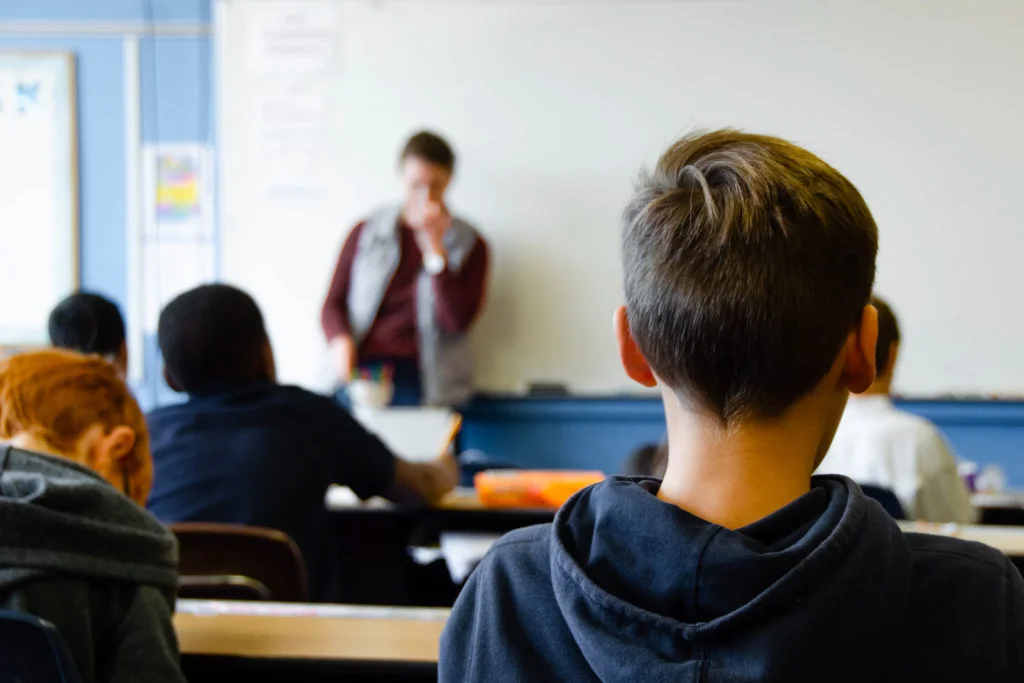SB 100 Significantly Alters School Districts’ Authority and Procedures for Issuing Exclusionary Discipline

SB 100 Significantly Alters School Districts’ Authority and Procedures for Issuing Exclusionary Discipline
Aug 28, 2015
Share to:
On August 24, 2015, Senate Bill 100 (“SB 100”) was signed by Governor Rauner into law as Public Act 99-456. Effective September 15, 2016, SB 100 fundamentally alters the authority of public school districts to administer exclusionary discipline (out-of-school suspensions, expulsions, and alternative school placement) and the procedures for doing so.
Pursuant to language added to the Illinois School Code by SB 100, “School officials shall limit the number and duration of expulsions and suspensions to the greatest extent practicable, and it is recommended that they use them only for legitimate educational purposes.” Some of the significant changes to suspension and expulsions procedures include:
• Out of school suspensions for three days or less may be used only if the student’s continuing presence in school would:
o Pose a threat to school safety; or
o Pose a disruption to other students’ learning opportunities.
Note: Determining whether a student’s continuing presence constitutes a “threat to school safety” or a “disruption to other students’ learning opportunities” is left to the discretion of the school board or its designee, and must be determined on a case-by-case basis.
• Out of school suspensions for more than three days, expulsions and disciplinary removals to alternative schools may be used only if:
o Other appropriate and available behavioral and disciplinary interventions have been exhausted; and
o The student’s continuing presence in school would either:
• Pose a threat to the safety of other students, staff or members of the school community; or
• Substantially disrupt, impede or interfere with the operation of the school.
Note: Determining whether a student’s continuing presence constitutes a “threat to the safety of other students, staff, or members of the school community” or would “substantially disrupt, impede, or interfere with the operation of the school” is left to the discretion of school officials, and must be determined on a case-by-case basis. In addition, determining whether “appropriate and available behavioral and disciplinary interventions have been exhausted” is also left to the discretion of school officials.
• Written decisions must be issued related to expulsions and suspensions.
o If a student is suspended, the suspension decision/notice must:
• Detail the specific act of gross disobedience or misconduct resulting in the decision to suspend;
• Include a rationale as to the specific duration of the suspension;
• Include whether other interventions were attempted or whether it was determined that there were no other appropriate and available interventions; and
• For students who are suspended out-of-school for longer than four school days, include whether “appropriate and available support services” are to be provided to the student or whether it was determined that there are no such appropriate and available services.
o If a student is expelled, the expulsion decision must:
• Detail the specific reasons as to why removing the student from the learning environment is in the best interest of the school;
• Include a rationale as to the specific duration of the expulsion; and
• Include whether other interventions were attempted or whether it was determined that there were no other appropriate and available interventions.
• Students who are suspended out-of-school for longer than four school days must be provided appropriate and available support services during the period of their suspension.
Note: determining what constitutes “appropriate and available support services” is left to the discretion of school authorities.
• Districts must create a policy by which students who are suspended (including students suspended from the school bus who do not have alternative transportation to school) shall have the opportunity to make up work for equivalent academic credit.
• Districts must create a policy to facilitate the re-engagement of students who are suspended, expelled or returning from an alternative school setting.
• Districts may not advise or encourage students to drop out voluntarily due to behavioral or academic difficulties.
• Districts may not issue a monetary fine or fee as a disciplinary consequence, though this does not preclude districts from requiring a student to provide restitution for lost, stolen, or damaged property.
• Districts may not institute “zero tolerance” policies which require administrators to suspend or expel students for particular behaviors unless otherwise required by federal or state law.
•Districts must make reasonable efforts to provide ongoing professional development to teachers, administrators, school board members, school resource officers, and staff on the adverse consequences of exclusion and justice-system involvement, effective classroom management strategies, culturally responsive discipline, and developmentally appropriate disciplinary methods that promote positive and healthy school climates.
•Districts are encouraged to create memoranda of understanding with local law enforcement agencies that clearly define law enforcement’s role in schools, in accordance with Section 10-22.6 (105 ILCS 5/10-22.6) of the Illinois School Code.
